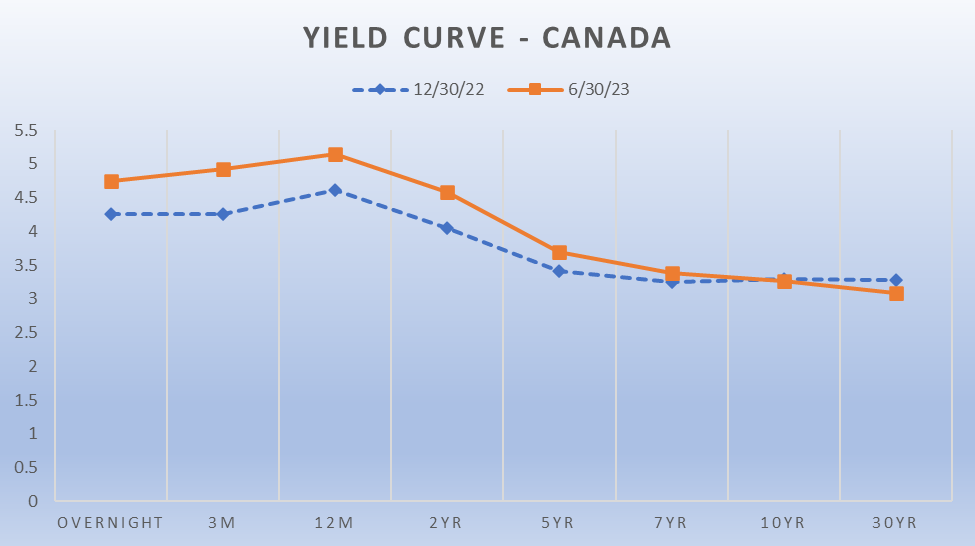By Mark Seed, myownadvisor
Special to Financial Independence Hub

Is Fat FIRE realistic?
Before my answer to that question, for those outside the personal finance, devout FIRE (Financial Independence, Retire Early) bubble, a primer based on what I know …
What is FIRE?
I would like to provide a universal definition from the personal finance community today but there isn’t one. There are, however, some general thoughts/themes when it comes to FIRE and those who follow the philosophy around it:
- Financial Independence, Retire Early (FIRE) is a movement related to extreme/aggressive savings rates and investment tactics that allow individuals to retire sooner than potentially any traditional budgeting or retirement planning approach might permit.
- When it comes to savings rates: in some circles, by saving up to 70% of your annual income, some FIRE enthusiasts aim to retire early (and live off small portfolio withdrawals from their accumulated assets).
- When it comes to portfolio withdrawals: in some circles, by withdrawing a small % of the accumulated assets (e.g., 4% of the portfolio), said FIRE enthusiasts may expect their portfolio to last a lifetime without fear of running out of money.
The FIRE movement – new term, old concept
The FIRE movement takes direct aim at some traditional retirement ages, such as age 60, 65 or even later on but there is no consensus on what is / is not a retirement age, of course.
The theory and movement goes: by dedicating the majority of your after-tax income to savings and specifically saving for retirement, well, you could “retire” sooner than most. Probably true.
From this perspective, FIRE is not a new concept even though the moniker is somewhat newish.
I’ve written multiple times about the FIRE movement and my thoughts on FIRE.
I’ll link to those thoughts here for additional reading as well.
I’m hardly anti-FIRE; this movement/approach/philosophy has always resonated how I live for the most part:
- To live within your means or slightly below what you make as income.
- To save early and often.
- To avoid long-term debt that is not used for wealth generation.
- To optimize your investing (i.e., keep your costs low and diversified, and avoid money managers).
Several FIRE retirement variations have emerged over the years to frame a particular lifestyle expectation that could come with FIRE. I’ll rank them in order of cashflow significance although these terms also vary based on the FIRE enthusiast you’re talking to:
1. Lean FIRE
As the first word suggests, lean is a strict adherence to a minimalist lifestyle. Many Lean FIRE adherents live on $25,000 per year, or less per year. Here are a few examples:
Jacob Fisker – Early Retirement Extreme. How he used to live on just $7,000 per year. Not a typo.
There is Jessica from Financial Mechanic, who spent less than $20,000 in 2020.
In more recent years, A Purple Life, wrote about a nomadic life earlier this year, living off less than $25K USD.
These are certainly jaw-dropping low numbers …
2. Barista FIRE
Not that you have to become a barista, rather, the term is used to highlight a combination of work-life balance that can be juggled – a form of semi-retirement if you will.
Barista FIRE is a type of semi-retirement whereby you can consider part-time work or work on your own terms, and still enjoy the benefits of some income and workplace benefits. (The term was coined as such since Starbucks offers benefits to part-time workers … something to consider for your semi-retirement plans!?) Continue Reading…






